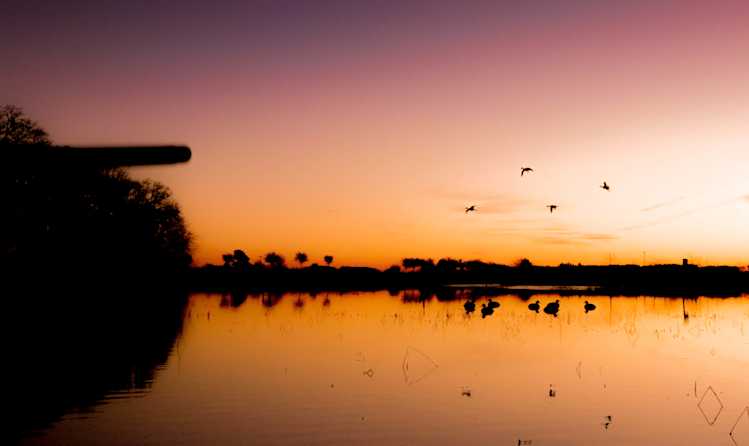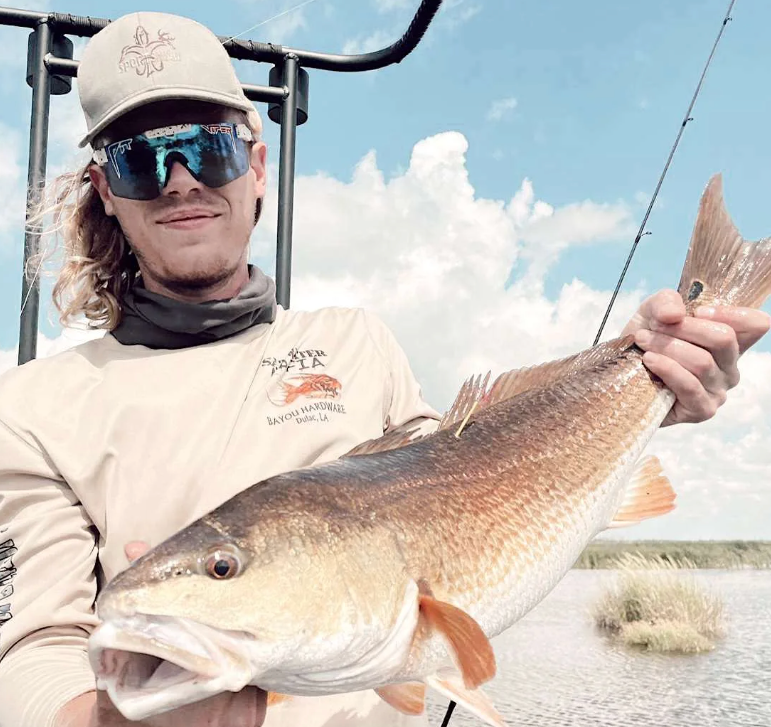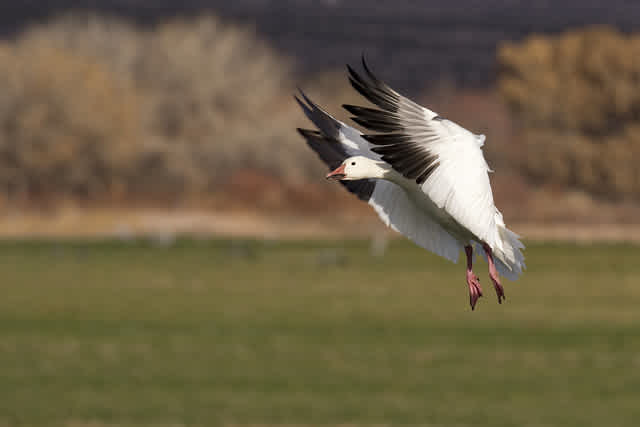Decoy Strategies for Fall Waterfowl Hunting: What Works Best for Each Species

Decoy Strategies for Fall Waterfowl Hunting: What Works Best for Each Species
As fall kicks in, waterfowl hunters are gearing up for a busy season. With migratory birds on the move, it's the ideal time to sharpen your hunting tactics. One of the most effective strategies is using decoys properly, which can boost your chances of attracting your target species. In this blog, we’ll break down specific decoy strategies for various waterfowl species to help you up your game this season.
Understanding Decoy Types
Before diving into specific strategies, it's crucial to understand the types of decoys available. Common decoy materials include plastic, foam, and flocked options, each with their pros and cons. Plastic decoys are durable and often more affordable, while flocked decoys provide a realistic appearance that can be especially effective in low-light conditions.
Mallards: The Classic Target
Decoy Setup:
A traditional spread of mallard decoys is often the most effective. Set up 6 to 12 decoys in a U-shape or J-pattern to create a landing zone. Position a few drakes and hens to mimic a natural gathering.Additional Tips:
During the fall, consider using motion decoys like spinning wing decoys to simulate feeding behavior. This can attract attention from far away, enticing mallards to come in for a closer look.Northern Pintails: The Graceful Seekers
Decoy Setup:
Pintails are often drawn to water surfaces that mimic their feeding grounds. Use a mix of pintail decoys, focusing on a spread that includes 4 to 8 drakes and hens. Position them near the water's edge or in shallow areas.Additional Tips:
Pintails prefer open water with space to land, so keep your spread more spread out compared to mallards. Adding a few decoys in feeding positions can also help, as they are often seen dabbling.Gadwalls: The Underappreciated Gems
Decoy Setup:
Gadwalls are less picky than some other species, making them a versatile target. A smaller spread of 3 to 6 decoys, focusing on both drakes and hens, is effective. Place them closer together to create a sense of comfort.Additional Tips:
Because gadwalls often join larger flocks, consider mixing in a few decoys of other species, like mallards, to draw them in. Motion decoys can also entice them, especially in calm conditions.Wood Ducks: The Forest Dwellers
Decoy Setup:
Wood ducks are unique as they prefer wooded areas and smaller water bodies. A spread of 4 to 6 decoys, focusing on hens, can be particularly effective. Position them near tree lines or along marsh edges.Additional Tips:
Because wood ducks are more skittish, using fewer decoys can prevent overpressuring the area. Consider using calls to mimic their natural sounds, especially during early morning or late afternoon.Canvasbacks: The Diver’s Delight
Decoy Setup:
Canvasbacks prefer deeper water, so your spread should reflect that. Use 6 to 12 decoys, focusing primarily on drakes. A tight, compact spread will work best, imitating a small flock.Additional Tips:
Since canvasbacks are divers, including some diving decoys in your spread can help. They’re also attracted to motion, so consider using a wind-activated motion decoy to simulate feeding behavior.Tailoring Your Approach
Each waterfowl species has preferences and behaviors that dictate the most effective decoy strategies. By tailoring your approach to the species you’re targeting, you can significantly improve your chances of success this fall. Whether you’re chasing mallards, pintails, gadwalls, wood ducks, or canvasbacks, understanding their habits and using the right decoy setups will help you make the most of this exhilarating hunting season.
At Mallard Bay, we’re passionate about helping you gear up for your next hunting adventure, ensuring you’re well-prepared for whatever the season brings. What truly sets us apart is our booking platform. We streamline the entire process, making it easy to find and book top-notch hunting trips across various locations. Our user-friendly interface allows you to browse trips, compare options, and read reviews from fellow hunters. We also partner with experienced outfitters who prioritize safety and quality, guaranteeing access to the best guides and accommodations available. When you book with Mallard Bay, you’re not just securing a hunting trip; you’re investing in an unforgettable experience tailored to your needs. Let us help you make this hunting season one for the books.
Explore Waterfowl Hunting Trips!
More

Layering for Comfort: What to Wear While Hunting Waterfowl in Fall

The Art of Calling: Tips and Techniques for Successful Waterfowl Calls

Client Experience in the Field: Best Practices for Waterfowl Outfitters

Decoy Strategies for Fall Waterfowl Hunting: What Works Best for Each Species

The Ultimate Guide to Fall Waterfowl Hunting: Key Tips, Techniques, and Best Practices

Top 10 States for Amazing Waterfowl Hunting in November: Find Your Perfect Spot

Peak Season Success: Essential Strategies for Waterfowl Outfitters to Maximize Business

The Art and Science of Duck Banding: A Conservation Odyssey with Mallard Bay

How To Book a Hunting Trip

Axis Jerky Tacos

Experience Thermal Hog Hunting with Dirty Texas Outfitters

6 Tips on Planning a Guided Hunting Trip

Bourbon Spatchcock Turkey

Turkey Calling Tips

Louisiana Sportfishing - An Angler’s Paradise 2023

Waterfowl Hunting in Canada: What American Hunters Need to Know
Where to find Guided Sandhill Crane Hunts

Revolutionize Your Outdoor Business with Mallard Bay's GuideTech Software

Lodge Management - Enhance the Experience

Snow Goose Pastrami Recipe

Snow Goose Chili

Snow Goose Gumbo Recipe - A Cajun Tradition

Sight Fishing Louisiana

How to find the right Texas Guided Fishing Charters

Steak House Snow Goose Recipe
